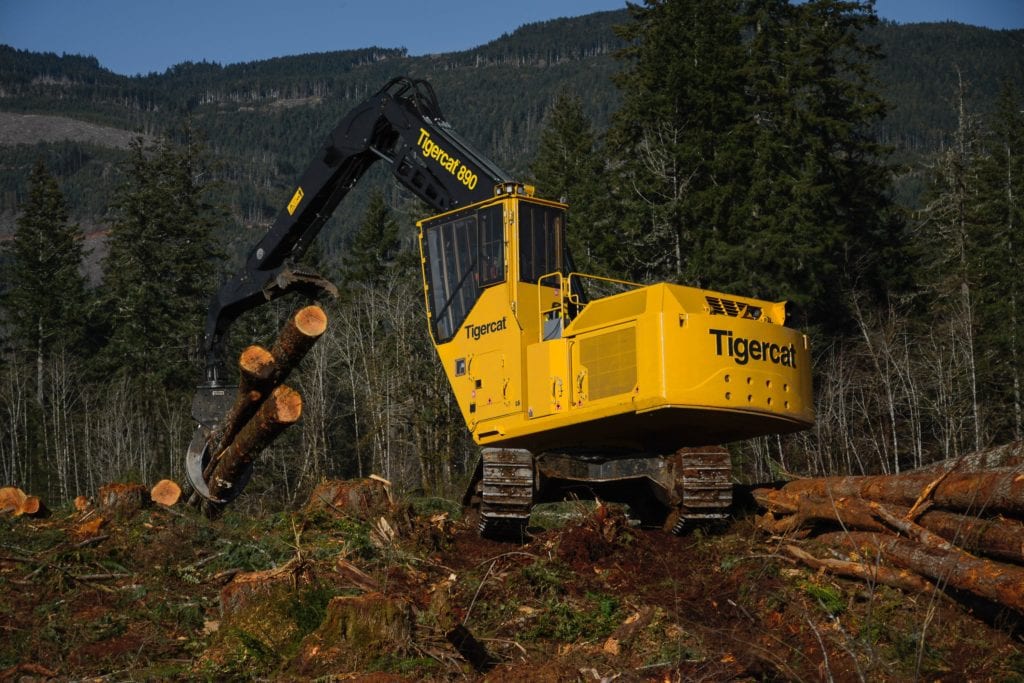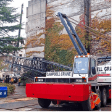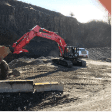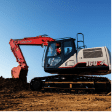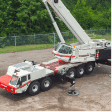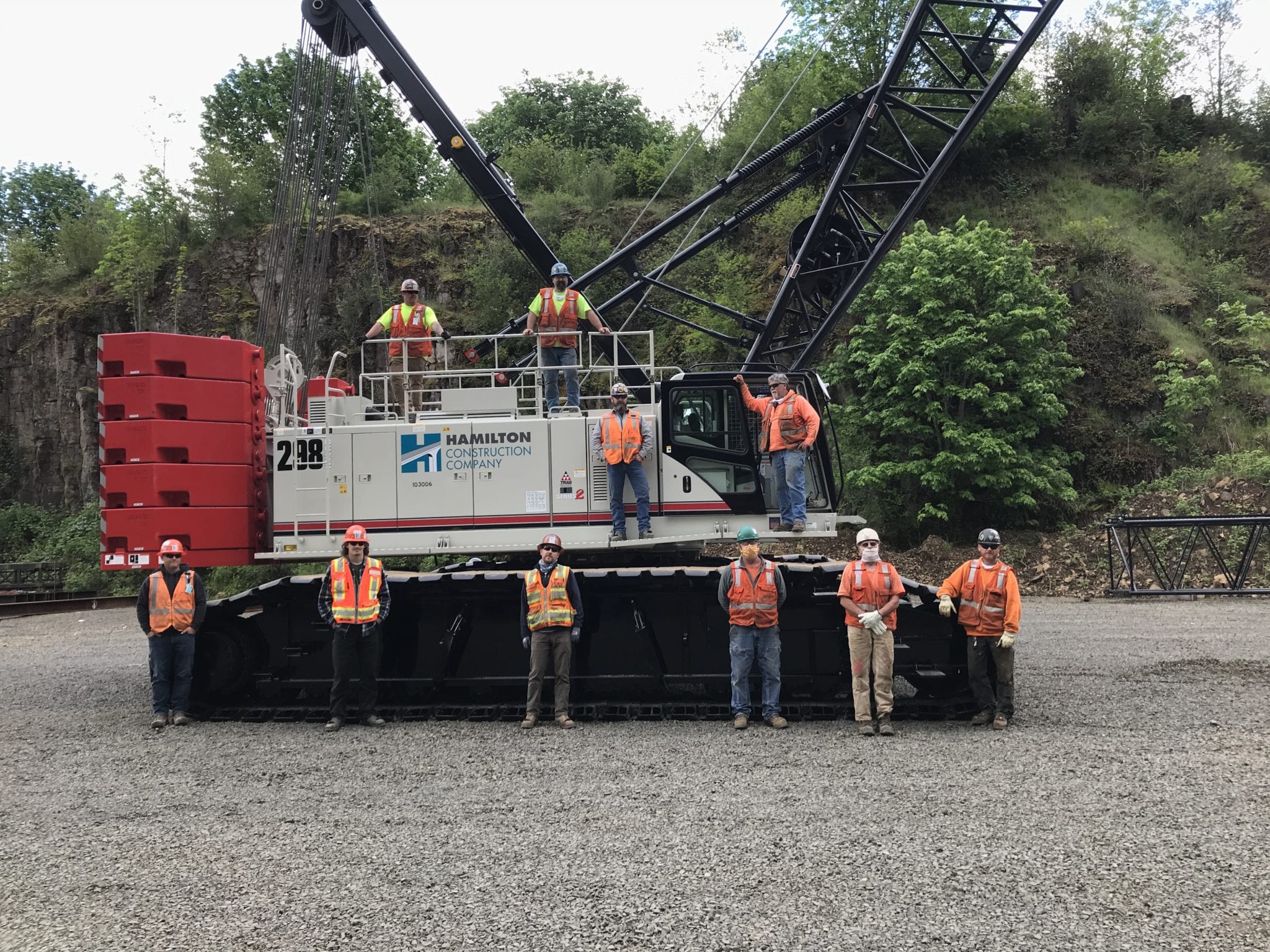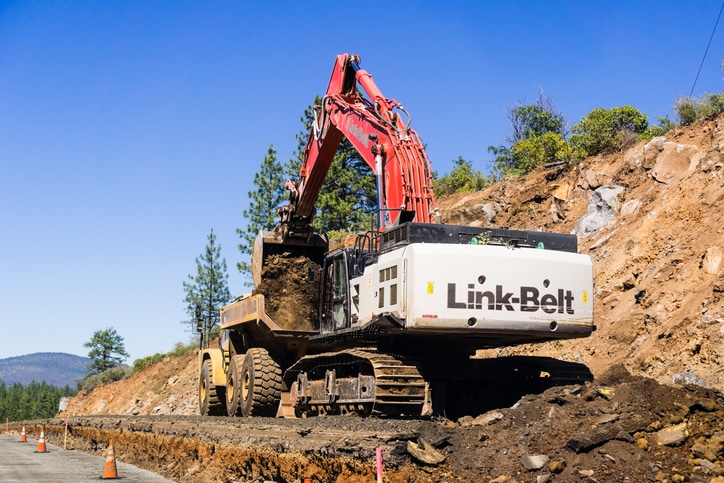The logging industry has been at the forefront of industrial development – think of the flumes used to send logs down to water-powered mills. Many still think of the loggers as adept tree climbers and masters of chainsaws. However, drones, cloud computing, and automation are becoming just as prevalent as flannel shirts and log rolling.
While IT professionals won’t be taking over every job in the field, operators of Shovel Loggers, Processors and Feller Bunchers will need training on how to handle the influx of electronics in the cabs of their machines. Designed for reduced impact logging practices, automation allows for fewer steps, more exact placements, and improved productivity.
Mobile Technology
In Finland, 100% of the populace is covered by cellular networks as is much of the land. In the U.S., we are not so fortunate. The availability of Satellite communications With this prominent mobile presence, specific acreage, harvesting volumes, and routes can be sent to trucks, foresters, and crews. With everyone on the same page, forestry operations become more efficient.
Along with the mapping capabilities, mobile technology can help identify different types of lumber as well. Apps are available that will take a quick pic of the tree in question and identify the species in a matter of seconds. Radio Frequency Identification (RFID) tags are also used to help the mill sort through timber harvested once it arrives.
Instead of several assessors at the mill handling logs, the crew can be reduced to just a few. Highly trained technicians operate the machinery and a handful more maintain the machines and facility. In many cases, needed cuts are made in the field, increasing efficiencies at the mill.
While technology like this will certainly improve forest management practices, more tangible advances in logging practices will offer more protection for workers, products, and the environment alike. The Pacific Northwest is known to be quite eco-friendly, so technological advances are geared towards more sustainable forestry practices.
Mechanical Logging Equipment Improvements
The forest industry has seen many time-saving upgrades that also offer another measure of safety for its workers over the last decade or two. Processor heads can measure trees, delimb and buck felled trees, all controlled from the cab of the forestry machinery.
This saves on wear and tear of chainsaws, keeps loggers off the ground, and provides a much safer way to perform these tasks. Efficiency is improved, cuts are more precise, and quality is improved. Information is transferred to the onboard computer and a single operator does the rest.
Many of the more dangerous aspects of logging are now done remotely. At one time, workers had to attach logs to a tower wire by hand before the log could be pulled up the side of a steep slope. The log was then manually removed. Not only was it a slow practice, but it also made for unsafe conditions at either end.
Today, automated grapples with hydraulic jaws are sent down the line, pick up a log, and bring it to a landing. The tree is then processed on the landing. Fewer people on the ground make for fewer injuries.
Reducing Impacts on the Environment
In the past, logging machinery trudged over hill and over dale to reach their destination. Today, low ground pressure undercarriages can spread the weight over six wheels instead of two tracks. The machinery is also much lighter, meaning less of the forest ecology is disturbed when the equipment is in use.
Although there will always be a place for workers in the logging industry, advances in machine technology will increase automation. That automation shouldn’t be seen as a threat. As older engineers, operators, and workers begin to retire, the industry is seeing a dearth of qualified workers to take their openings.
With automation, those numbers won’t look so dire. In fact, it could even help the logging industry in the United States in the long term. Labor makes up one-third of the total operating costs currently. Automated logging systems will help cover labor-shrinkage while improving productivity.
These advances also make the work much safer for the crews still in the field. You may have noticed the feller bunchers eliminated the need for loggers to climb and operate chainsaws in tall trees. Even on the ground, a slight shift in the earth could make a tree move in unexpected ways.
But new job opportunities in the industry are becoming available. As industrial logging machines are depending more on computer technology, someone will need to learn how to fix or upgrade those computers in the field. “Technicians” will need to know just as much about repairing and upgrading computers as they do about undercarriages.
Want to learn more about forest industry automation and how it can help your project? Contact Triad Machinery to see how we can upgrade your existing equipment or set you up with newer models. With six locations around Oregon and Washington, there’s sure to be a Triad Machinery location near you.

